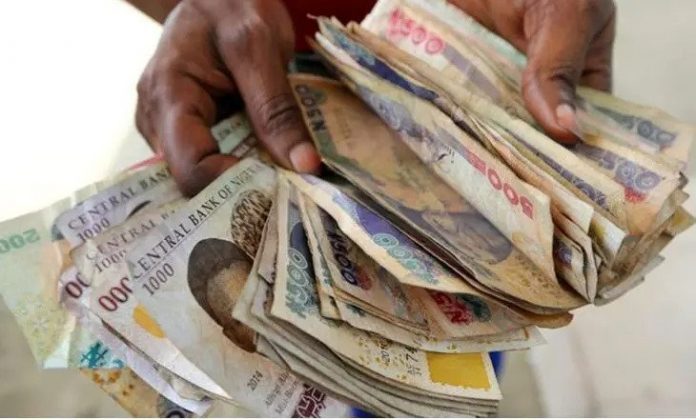Goldman Sachs stated in its most recent research, Nigeria-Turning the Corner, that the value of the naira will increase to N1200 in a year. According to the research, the prediction is dependent on a number of factors, including capital inflows, positive real rates, and signs of a move toward a more conventional policy framework.
We believe that Nigeria is making progress in the wake of its recent currency crisis. As a result of these events, we have changed to a positive view for the Naira, which our FX strategists believe will strengthen to N 1200 against the USD in a year,” the study stated.
It went on, “Nigeria is finally emerging from a period of monetary policy transition characterized by deeply negative real interest rates and the absence of a credible policy anchor.”
The report said the lack of credible policy has implied a volatile and sharp depreciation of the Naira in recent months and a cumulative 60-70 percent weakening of the currency over the past nine months.
However the report by Goldman Sachs mentioned that the policy steps implemented to date are only a first step in the right direction, and more follow-through is required to achieve a durable macro stabilisation.
It said that the main risk to its outlook is that the authorities do not follow through on the shift to a more orthodox monetary set-up.
“The main risk to our more constructive outlook is that the authorities do not follow through on the shift to a more orthodox monetary set-up that they have articulated and do not tighten policy appropriately to attract the capital inflows required to ease fiscal and external financing constraints,” she said.
In a similar report, the World Bank stated that the economic outlook for Nigeria in the short to medium term hinges on the continuation and effectiveness of its macroeconomic stabilisation agenda.
According to the multilateral lender, successful implementation of the initiated reforms will be the first step toward improving Nigeria’s growth prospects.
With implementation of these first macroeconomic stabilization reforms, the economy is expected to grow at an average annual rate of 3.5 percent during 2023–2026, or 0.5 of a percentage point higher than in a scenario in which the reforms had not been implemented.
Services, especially banking and ICT, together with industry will benefit from a more stable and predictable macroeconomic environment, and easier access to FX and imported inputs.
Moreover, the reform of the gasoline subsidy should help NNPC settle its arrears and start paying fully for the Federation’s share of costs in joint venture operations, thereby allowing oil production to gradually increase over time.














